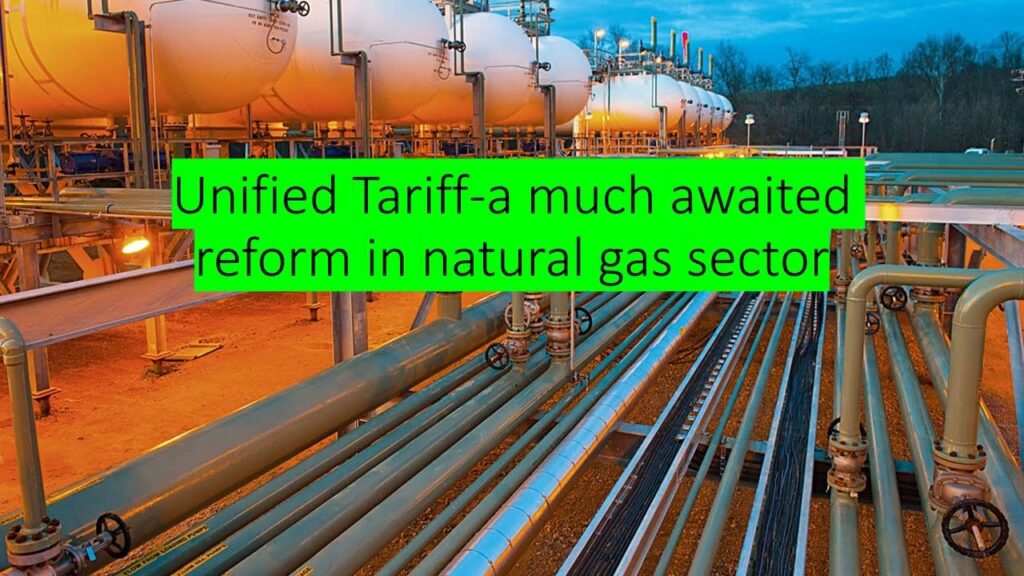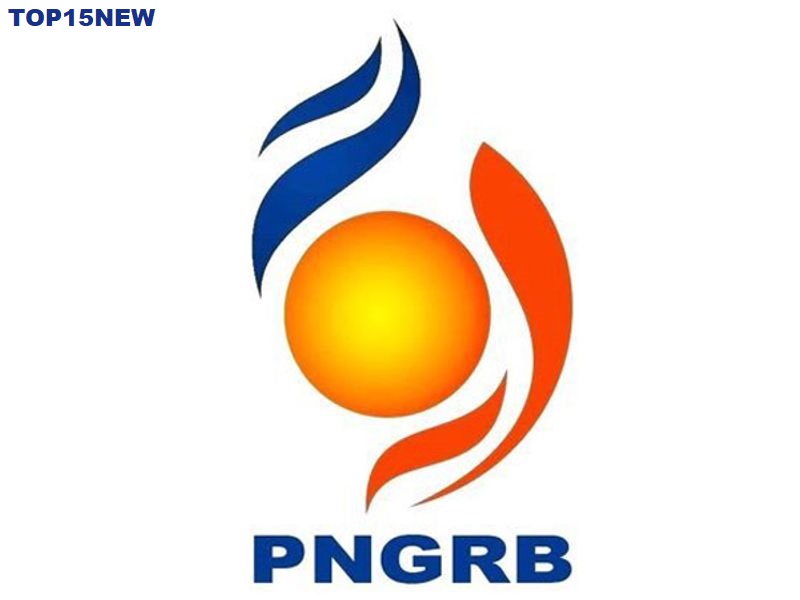PNGRB approves pivotal tariff reforms in natural gas pipeline regulations, ushering in a significant shift in India’s energy economy. These reforms aim to make natural gas more accessible, affordable, and efficiently distributed across the country. With the Petroleum and Natural Gas Regulatory Board (PNGRB) implementing sweeping changes, this marks a progressive move toward India’s ambitious goal of achieving a cleaner, inclusive energy future. Below, we explore the five core reforms and what they mean for the Indian gas ecosystem.
1. Unified Tariff Zones Reduced to Two
PNGRB approves pivotal tariff reforms by simplifying the structure of gas transportation tariffs. The current three-zone system has now been reduced to two unified tariff zones. This means that calculating the cost of gas transportation across India will be easier, more transparent, and fairer to both consumers and distributors.
The objective is to remove regional cost disparities, thus promoting a more integrated national gas market. This simplification supports the broader vision of “One Nation, One Grid, One Tariff” and brings India closer to aligning with global standards in gas transport pricing.
2. CNG & Domestic PNG Segments to Benefit from Tariff Relief
One of the most impactful changes is the extension of the lowest tariff—Zone 1—to Compressed Natural Gas (CNG) and Piped Natural Gas (PNG) used for domestic purposes. PNGRB approves pivotal tariff reforms that directly help Indian households and public transport services reduce fuel costs.
This move makes clean energy more competitive and attractive to consumers. Households can expect reduced PNG bills, and CNG vehicles will enjoy lower fuel costs, potentially increasing the adoption of environmentally friendly fuels.
3. Long-Term Gas Procurement Mandate Introduced
To stabilize the market and reduce price volatility, PNGRB approves pivotal tariff reforms that mandate pipeline operators to procure at least 75% of their gas under long-term contracts. These contracts must span a minimum of three years.
This long-term vision brings consistency to supply planning and reduces dependence on short-term spot purchases, which are often subject to global market shocks. It ensures that pipeline operators can offer consistent service, thereby attracting investment in infrastructure and reinforcing market stability.
4. Pipeline Development Reserve Fund Established
Another important initiative under the reforms is the creation of a Pipeline Development Reserve Fund. As part of this, companies with over 75% capacity utilization must allocate surplus revenues into a fund—50% for network expansion and 50% to subsidize consumer tariffs.
PNGRB approves pivotal tariff reforms that ensure surplus revenue is reinvested into the system, thereby creating a self-sustaining infrastructure model. This fund will enable faster pipeline construction, promote clean fuel use, and support underserved regions with more equitable access.
5. One Nation, One Grid, One Tariff Becomes a Reality
At the heart of these changes is the fulfillment of the long-standing objective of creating a single national tariff. PNGRB approves pivotal tariff reforms that unify India’s natural gas market, enabling seamless transfer and usage of gas irrespective of regional boundaries.
This is transformational for industries and consumers alike. Industries across states can now operate on a level playing field, and gas utilities can plan more effectively without the burden of varying regional tariffs. It’s a leap forward in India’s clean energy mission.
Stakeholder Responses and Market Impact
The reaction to these reforms has been widely positive:
- Pipeline operators welcome the clarity and predictability in procurement and tariff structures.
- CNG/PNG consumers look forward to reduced monthly fuel bills.
- Energy experts see these reforms as a necessary step to create a transparent, competitive, and demand-driven gas economy.
- Investors have responded positively—GAIL’s stock surged nearly 7% in response to earlier tariff announcements.
This indicates that PNGRB approves pivotal tariff reforms that not only improve the operational framework but also enhance investor confidence in India’s energy sector.
What It Means for India’s Energy Landscape
The ripple effects of these reforms will be felt across the value chain:
- Affordability: End-users, including households and vehicle owners, will benefit from lower gas tariffs.
- Accessibility: With reinvestment into new pipelines, more towns and cities will be connected to the national gas grid.
- Market Stability: Long-term contracts ensure pricing predictability and consistent supply.
- Cleaner Energy Transition: Lower costs will make natural gas a more attractive alternative to coal and diesel.
- Economic Boost: Transparent tariffs encourage more domestic and foreign investment in India’s gas infrastructure.

By introducing these forward-looking changes, PNGRB approves pivotal tariff reforms that signal a new era for India’s natural gas sector. These reforms lay the foundation for a more inclusive, efficient, and cleaner energy framework. From households to heavy industries, everyone stands to gain from these updates, making natural gas a stronger pillar in India’s energy mix. The reforms fulfill both economic and environmental goals and bring India closer to its dream of becoming a gas-based economy. With continued commitment and industry cooperation, PNGRB approves pivotal tariff reforms that could well serve as a blueprint for regulatory transformation in other energy segments.

